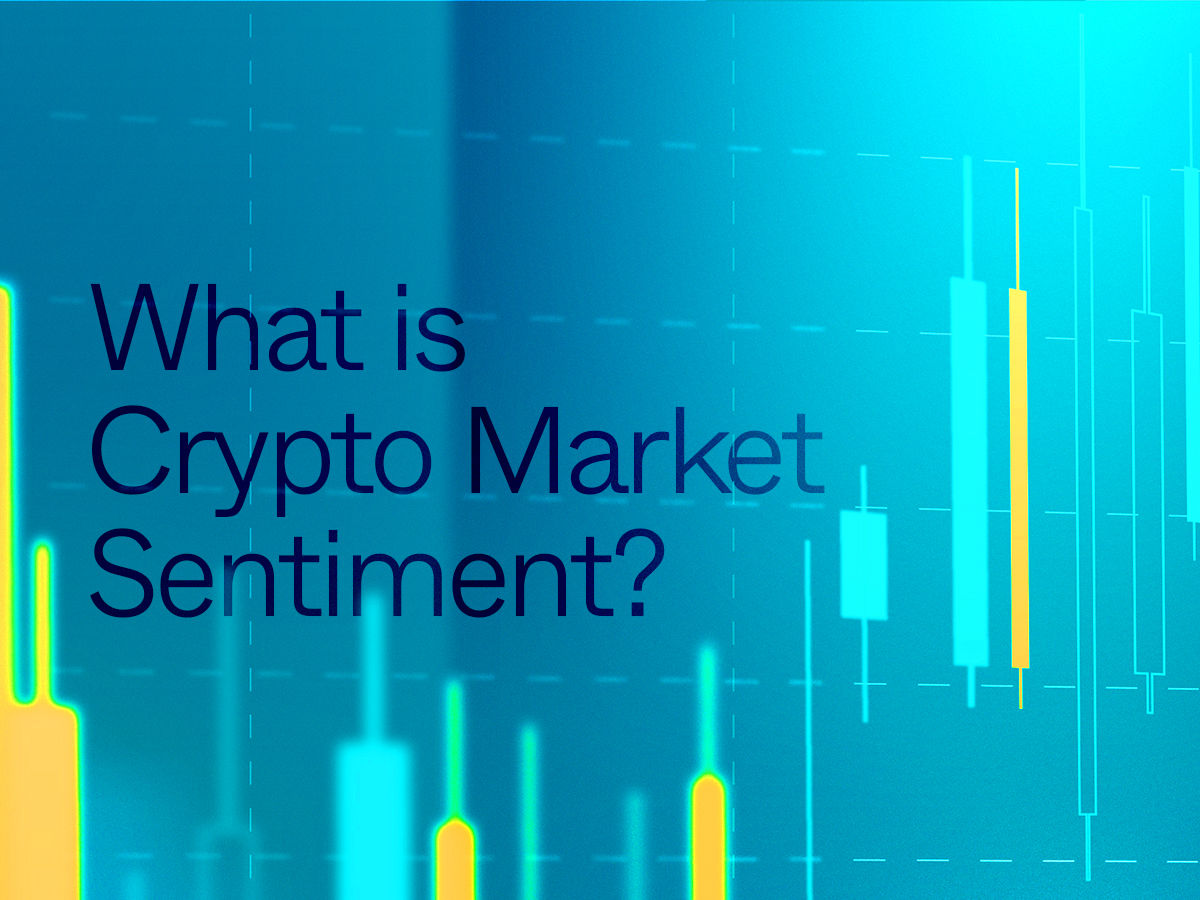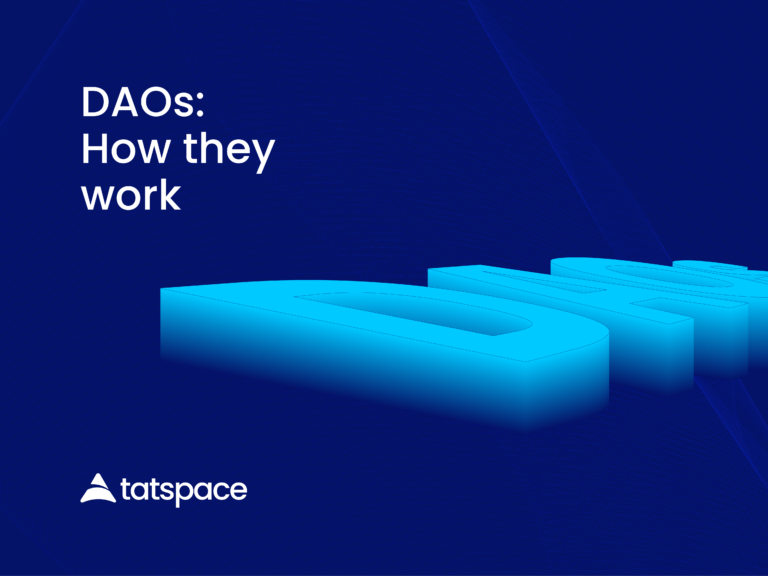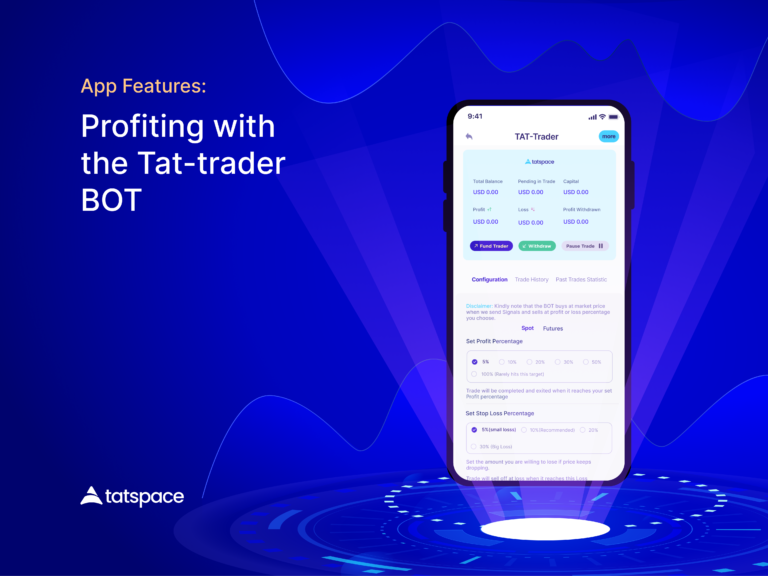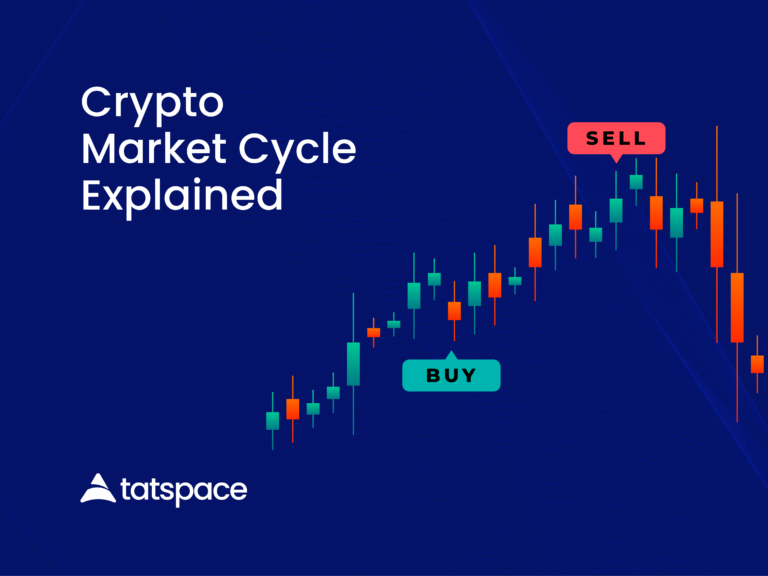Cryptocurrency, like every other commodity, product, or asset with a market, is grossly affected by the laws of demand and supply.
These market drivers, as well, are subject to changes for reasons such as changes in players’ behaviour, perception of the product, the press, social media, and even public opinion.
All of these play hard on the crypto market sentiment.
So, to make better short-term and mid-term price predictions, traders conduct crypto market analysis.
With a good blend of projects’ fundamental and technical analysis, crypto market sentimental analysis can be a formidable analytics tool for a trader.
What is market sentiment?
Market sentiment is the summative behaviour, perception, or attitude of investors and traders toward a market or a financial asset.
Like in other financial markets, the idea is prevalent in the cryptocurrency market.
And it is largely capable of influencing market cycles.
Yet, positive market sentiments don’t always translate into favourable market conditions.
As a result, sometimes fervent negative sentiments may precede a dip or a bullish market.
In addition to gaining market demand insights with market sentiments, traders can also predict market trends that are potentially rewarding.
While market sentiments do not reflect the fundamentals of a project, they are sometimes connected.
For instance, Bitcoin’s last bull run to an all-time high (before the huge dip) came from the hype and FOMO incited by social media which translated to high demand.
As a result, most traders and investors were buying Bitcoin without considering its economics or fundamentals but solely because of the market emotions.
Why is market sentiment analysis important?
Many trading strategies consider market sentiment analysis an integral component.
Like in these strategies, it is usually a great idea to have a mixture of information and data, from combining market sentiment, fundamental, and technical analyses.
A combination of these 3 analyses would usually grant you:
- Greater control of your emotions.
- Discoverability of potentially rewarding trends.
- Better insights on short and long-term price actions.
Ideally, a good analysis of a market’s analysis will let you know if certain emotions by market players are justifiable or just a band-wagon situation.
How to perform market sentiment analysis
Collecting market players’ perceptions, opinions, and ideas is the first step to understanding a market’s sentiment.
It is important, however, not to rely totally on the information harvested from a market sentiment analysis.
Still, it is relevant information to run through your knowledge, understanding, and experience of the existing market before engaging in any conclusion.
When approaching this analysis, utilizing online social platforms is an important first step.
Then you can include several other tools and media for specific insights.
So, to get an understanding of how a project’s traders, investors, and community are feeling and saying, you can check social media forums, pages, channels, and community groups.
In addition to social channels monitoring, you could also try the following:
- Monitor social mentions. There are several data collection tools and software you can use.
- Follow industry news and updates on magazines, blogs and other online platforms
- Check price signals and market sentiment index on CoinMarketCap
- Measure hype and talkability levels around a cryptocurrency. You can use Google trends or any other monitoring tool.
- Track large transactions by whales and set alerts.
Importantly, be careful when interacting with people on these community groups and forums as some of them can be scammers.
And always do your own research.
Market sentiment indicators
A look at the market sentiment indicator can give an investor or trader insights on the bullish or bearish potential of an asset or its market.
Usually, the emotional signals suggested by the indicator are represented in graphical or visual scales, and you should not depend totally on these reports.
For a better strategy and balanced overview of the market, you can combine different indicators.
Although there are sentimental indicators for Bitcoin and Ethereum, you will find Bitcoin sentiment indexes to be the most common.
This, perhaps, makes the Bitcoin Crypto Fear & Greed Index the most common crypto market sentiment indicator.
By analyzing five different data sources; social media, market volume, trends, dominance, and volatility; the index represents Bitcoin market fear and greed on a scale of 0 to 100.
Another important market sentiment indicator is the Augmento Bull & Bear Index.
The indicator is specific for monitoring social media for sentiment signals. It has artificial intelligence (AI) that analyzes 93 topics and sentiments using interactions on Reddit, BitcoinTalk, and Twitter.
This indicator represents data on a scale of 0 to 1; with 0 being extremely bearish and 1 extremely bullish.
Putting it together
Monitoring on-chain indexes, social listening, and crypto indicators can give you insights into a project’s market sentiment.
A better understanding springing from the results of a market sentiment analysis can help you make more profitable investment and trade decisions.
Still, a mixture of technical analysis and fundamental analysis can help maximize the results from efficient sentiment analysis.
Effective technical analysis would help you make better short-term price action predictions while a solid fundamental analysis will help you ascertain whether to evaluate a project’s long-term potential or justify controversial information.3







